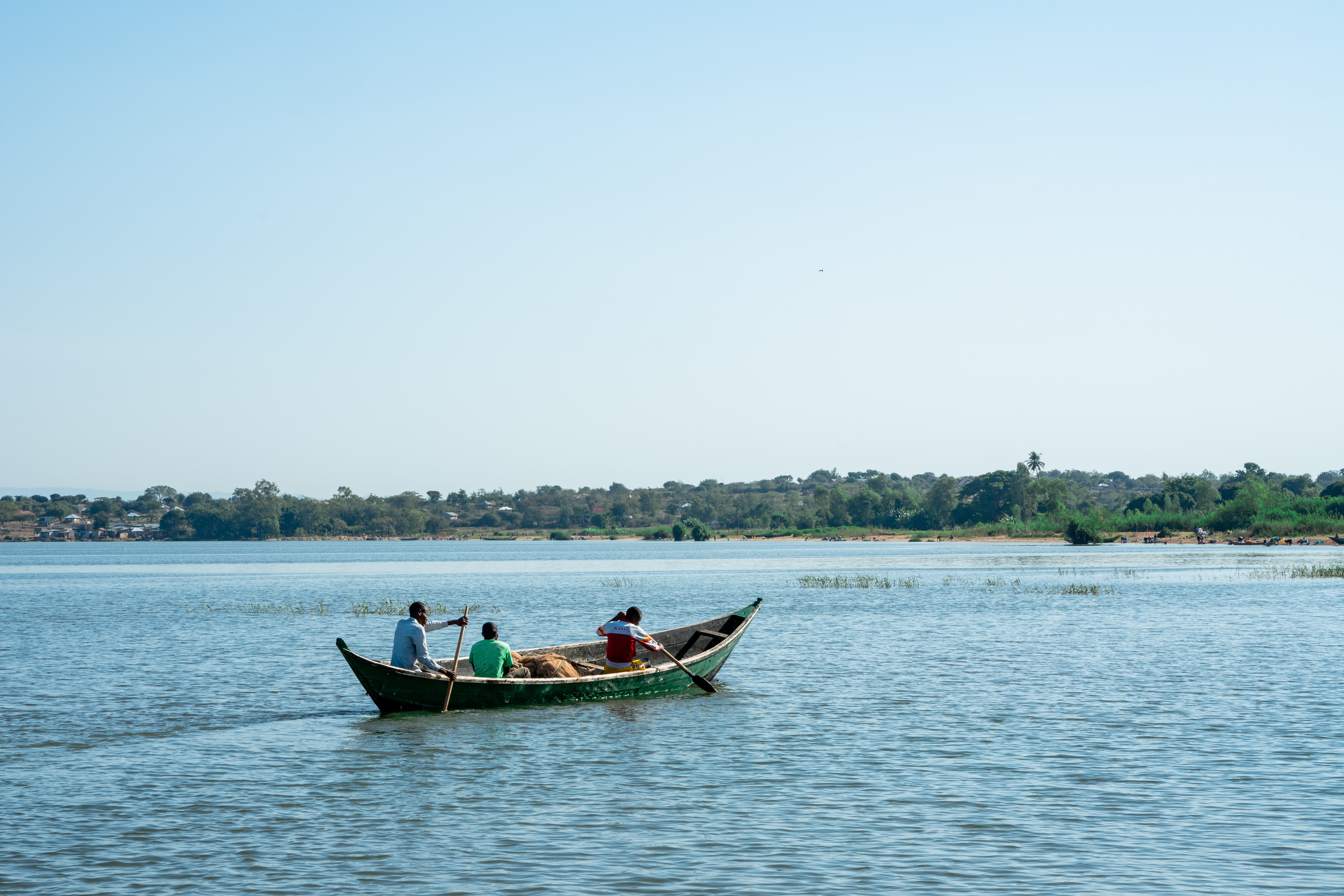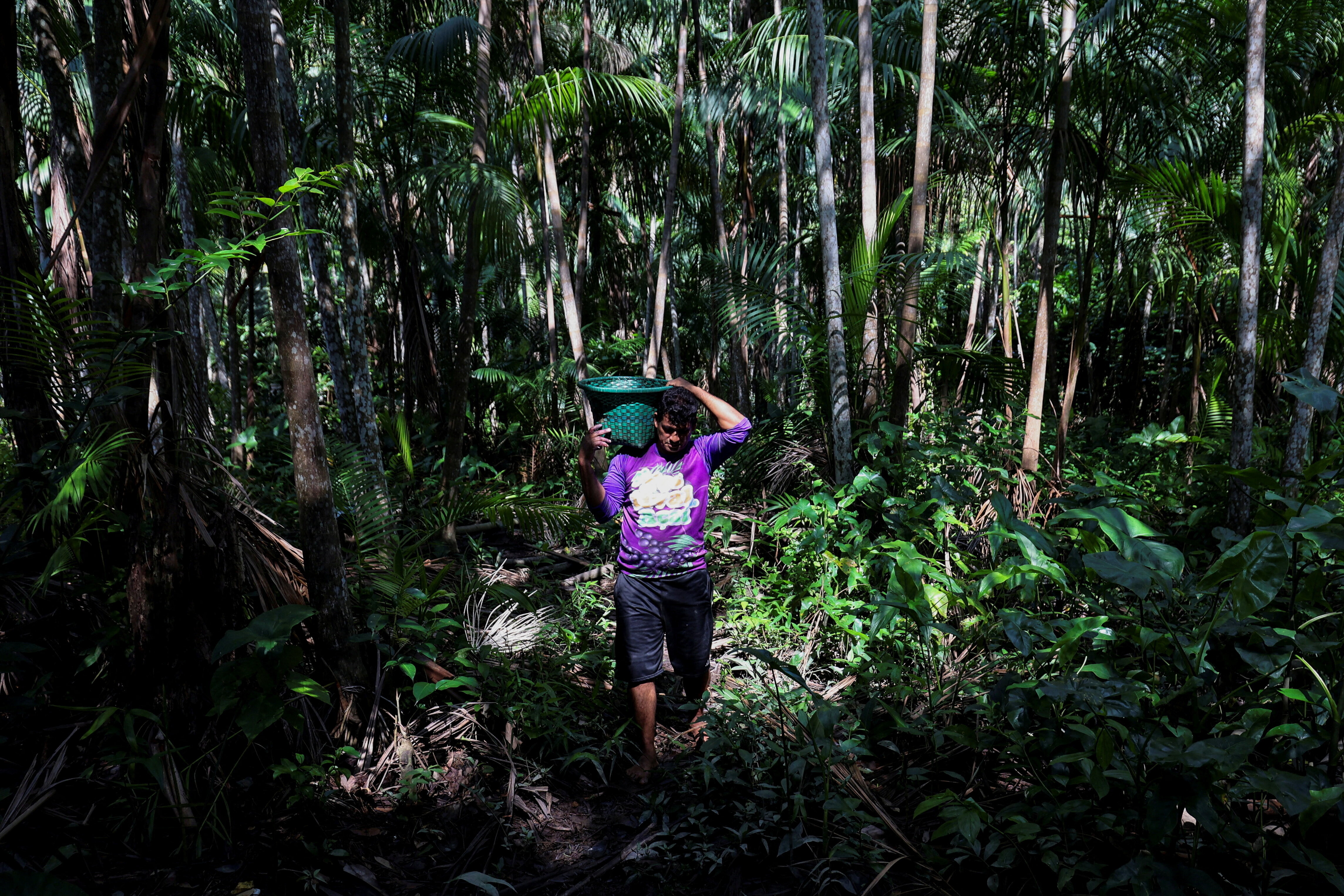This start-up is growing sustainable seafood

A single large fish can top $100,000 in Japan and a 489-pound bluefin sold for $1.7million in 2013. Image: REUTERS/Thomas Peter
Bluefin tuna is a sushi delicacy regularly sold for hundreds of dollars a pound or more. It’s also a fish that has been ravaged by overfishing. Both are reasons Mike Selden sounds a little crazy when he explains his vision to replace the cheap canned tuna inside America’s cupboards with prized bluefin.
“Instead of going to the store and buying skipjack or albacore, you would buy canned bluefin without mercury and without plastic,” said Selden, 26.
The key to this plan is that Selden won’t be hauling the massive fish from the sea, nor raising them on a fish farm. With his cofounder and college buddy, Brian Wyrwas, 25, he is busy learning to grow clumps of bluefin muscle cells on a lab bench, coaxing them to divide and thrive.
The pair are cofounders of Berkeley, California-based startup Finless Foods, one of a handful of early-stage companies developing cell culture and tissue engineering technologies to manufacture animal flesh without the animal. In time, they hope to make a bluefin fish cake or fillet or even sashimi without harvesting, farming or even killing a living fish.

Overfishing has decimated wild bluefin species around the world. Populations of the Pacific bluefin have plunged to less than 3 percent of their historic levels. Because they are becoming more rare, a single large fish can top $100,000 in Japan and a 489-pound bluefin sold for $1.7million in 2013.
Growing hamburgers, chicken fingers and some day even a juicy steak are all goals of various members of the young field, which came together to discuss its path forward at a recent meeting in New York City run by the New Harvest research institute. (One contentious subject is what to even call their technology and future products to a public wary of unfamiliar engineered foods: “cultured meat,” “cellular agriculture,” “clean meat” and “in vitro meat” are all terms being thrown around.)
Selden and Wyrwas, who were trained in molecular biology and biochemistry at the University of Massachusetts, Amherst, are emblematic of the young and idealistic entrepreneurs who want to use these technologies to do an end run around the environmental, health and ethical problems tied to industrial animal husbandry.
Bypass raising a live animal, and you also bypass the antibiotic resistance, animal and worker cruelty and pollution that go with it. By sheer numbers killed for human consumption, Selden calls fishing “the largest source of suffering on the planet.” He hopes he can also help save wild bluefin – or at least shift American sushi-eaters’ tastes. “We won’t be able to replace the entirety of wild bluefin eating, but even just being able to take the strain off of the population would be massive,” he said.
Yet startup companies working on cultured meat technologies have tended to receive media attention more in line with their lofty goals than commercial progress. Only a very select number of people have ever tasted products like a test-tube burger and chicken finger, and they have cost a lot to make. In September, Finless Foods held its first private tasting, which was attended by a reporter from the Guardian. Selden says they served fish cakes that were a mash of their lab’s carp and potato, cooked up by a chef. The production cost worked out to the equivalent of $19,000 per pound of fish, the reporter wrote.
Shortly after the tasting, Finless Foods, which has team of five, began experimenting with bluefin. Cost was one important reason. Lab-made beef, chicken or even something like shrimp would have to be nearly as cheap as industrially farmed products to replace them. But bluefin is already expensive, precisely because of its conservation status and the fact that it’s been difficult to farm the fish. (There is one bluefin aquaculture research effort at Japan’s Kindai University, now sold under the brand Kindai Tuna.)
“We’re focused right now on bluefin tuna because it’s a conservation issue, but it’s also a very easy entry into the market,” Selden said.
Consumers might be able to eat a cultured fish before a cultured burger. Fish is probably simpler for regulators to grapple with, according to Vincent Sewalt, a regulatory expert at DuPont Industrial Biosciences who spoke at the New Harvest conference. Perhaps more importantly, fish cells are easier and cheaper to grow in vitro than cells from cows or chicken because fish are cold-blooded animals, meaning the process can be done at room temperature. Aside from zebrafish cells, which are important in biomedical research, there were few reasons to grow any kind of fish cells in culture until now.
For Finless Foods, the trick will be to work with the bluefin cells until they can quickly and cheaply grow them in just the right bath of nutrients and learn to do that at a large scale – all while making sure it tastes good. The holy grail is getting the texture right for a fillet or sushi, but long before it gets there Selden thinks Finless Foods will sell its first product in limited “pop-up” releases by the end of 2019. Initially, he imagines this will be bluefin fish as an ingredient in a fish cake or in a fish paste called surimi, for which texture isn’t important.
It won’t be surprising if cultured meat hits the market in a few years, but it remains unclear whether Finless Foods and similar ambitious companies will ever get to a scale to improve the larger food system.
Shana Miller, director of the Ocean Foundation’s Global Tuna Conservation program, says a niche product isn’t likely to help wild bluefin populations. Even if there are farmed or lab-made bluefin alternatives wild bluefin seems to have “a mystical component that people desire,” she said.
If cultured fish makes it to dinner plates, it’s likely to have its own environmental and economic consequences. Barton Seaver, a chef and sustainable seafood expert who directs Harvard University’s Sustainable Seafood and Health Initiative, said that while he supports innovation in fisheries, he thinks cultured fish technology could sow division over its “authenticity and wholesomeness” and may not address systemic challenges.
“The sustainability solution that this technology addresses does not take into account what I believe to be the larger purpose of sustainability: that is, the preservation of maritime and culinary culture, creating new and strengthening existing economies and increasing positive public health outcomes through good nutrition, alongside environmental concerns,” he wrote in an email.
Don't miss any update on this topic
Create a free account and access your personalized content collection with our latest publications and analyses.
License and Republishing
World Economic Forum articles may be republished in accordance with the Creative Commons Attribution-NonCommercial-NoDerivatives 4.0 International Public License, and in accordance with our Terms of Use.
The views expressed in this article are those of the author alone and not the World Economic Forum.
Stay up to date:
Food Security
Forum Stories newsletter
Bringing you weekly curated insights and analysis on the global issues that matter.







